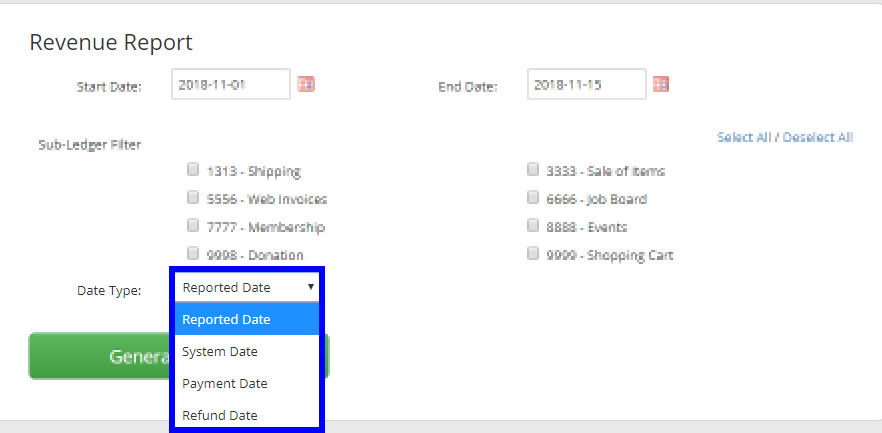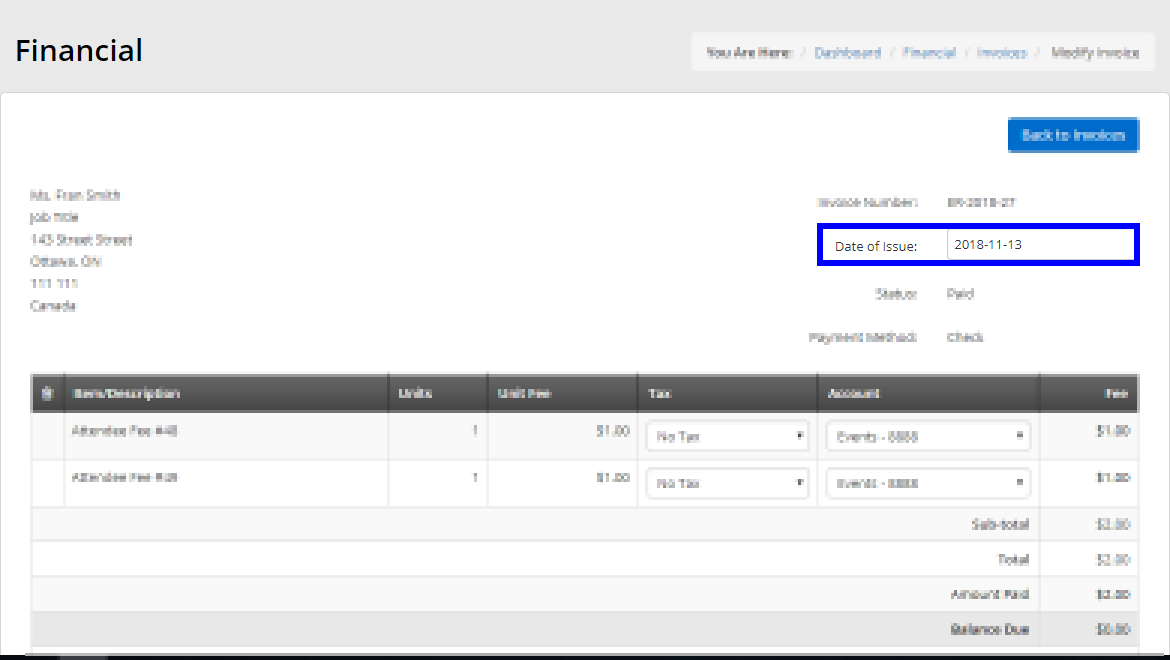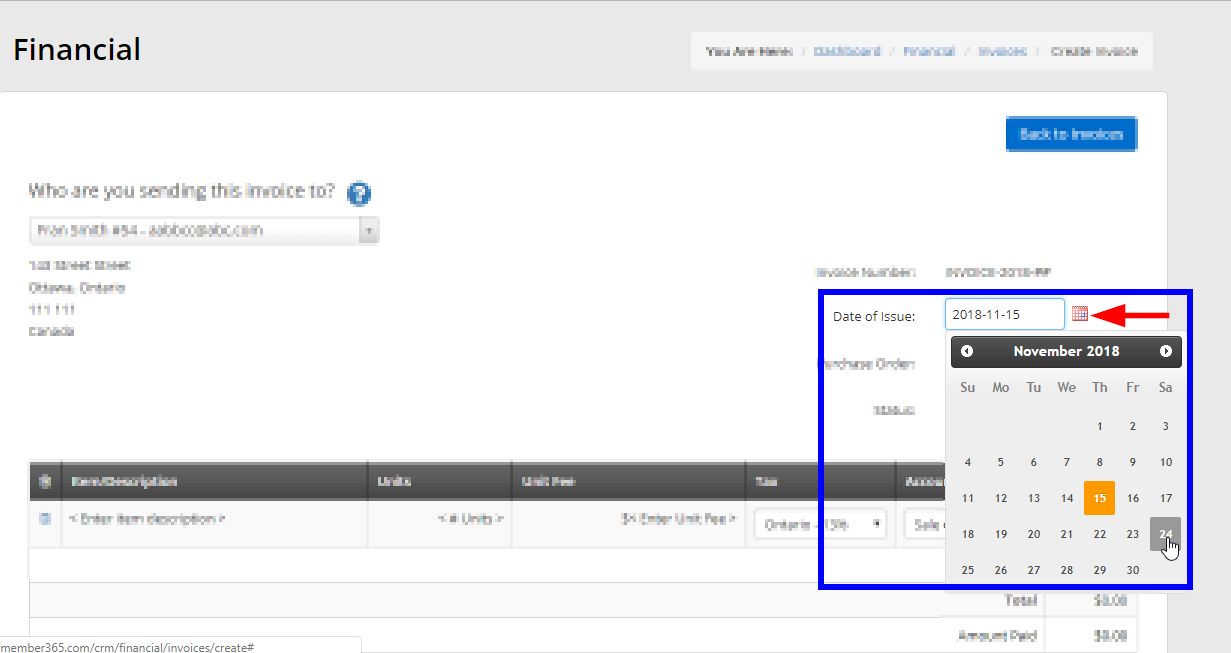When generating a Revenue Report in Member365, you will notice the option to filter results by ‘Date Type’.

‘Payment Date’ is simply the date the invoice was paid, and ‘Refund Date’ is simply the date the invoice was refunded if applicable.
But what do ‘Reported Date’ and ‘System Date’ mean, and what is the difference between them? Continue reading to find out!
Reported Date
When an invoice is issued to one of your Contacts, the corresponding day will be its ‘Reported Date’. In other words, the ‘Reported Date’ is simply the Date of Issue for an invoice.

System Date
An invoice’s ‘System Date’ is the date that it was created in Member365.
What’s the Difference?
The ‘Reported Date’ and ‘System Date’ will be the same for almost all invoices in Member365. Invoices for Events, Membership, and other modules are typically created and issued at the same time.
There is only one scenario that could yield a discrepancy between an invoice’s System Date and Reported Date: creating the invoice manually.
The ‘Date of Issue’ field can be customized when creating an invoice manually.

If you change the ‘Date of Issue’ field when creating a manual invoice, then its ‘Reported Date’ will change as well. The invoices ‘System Date’, however, will stay the same.
Since the system-generated invoices in Member365 are issued and created on the same day, the above scenario is the only time you will see a difference between the ‘Reported Date’ and the ‘System Date’ for an invoice.
Congratulations, you now know the difference between an invoice’s Reported Date and System Date!
